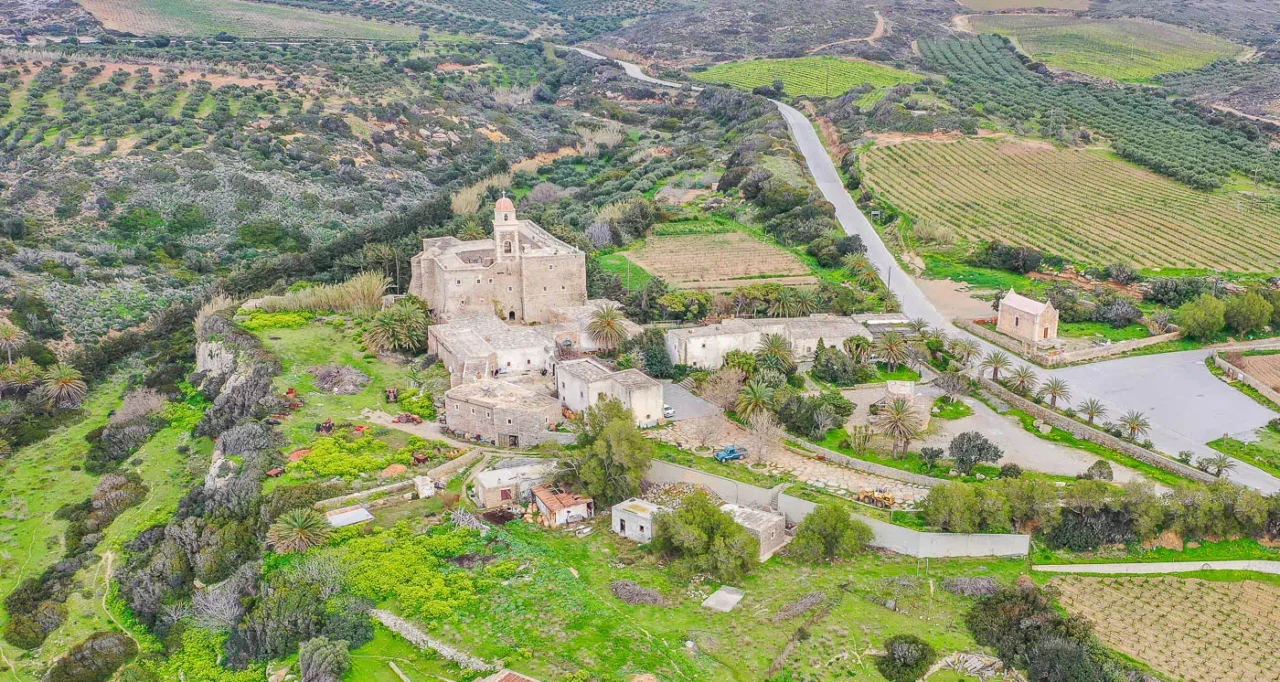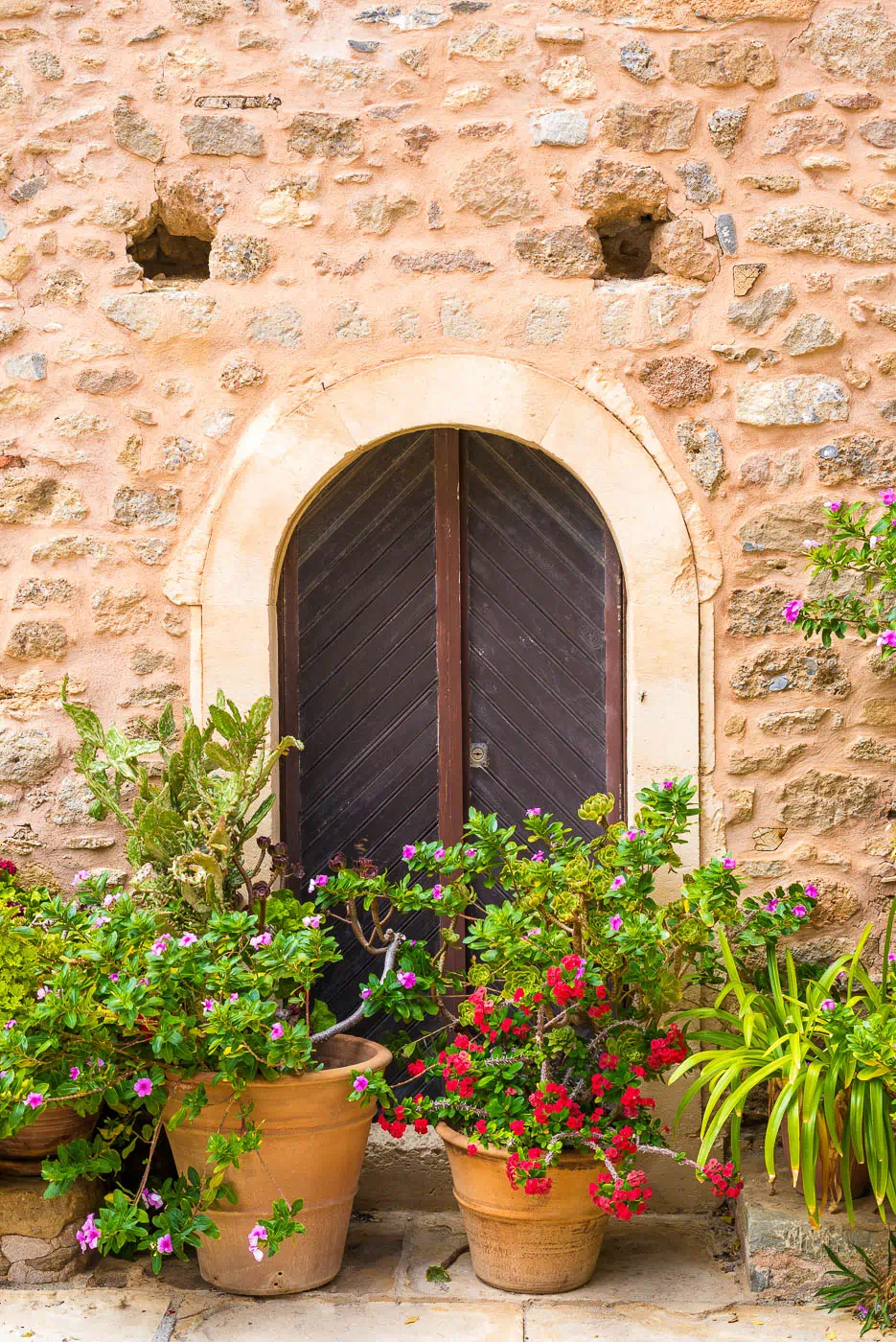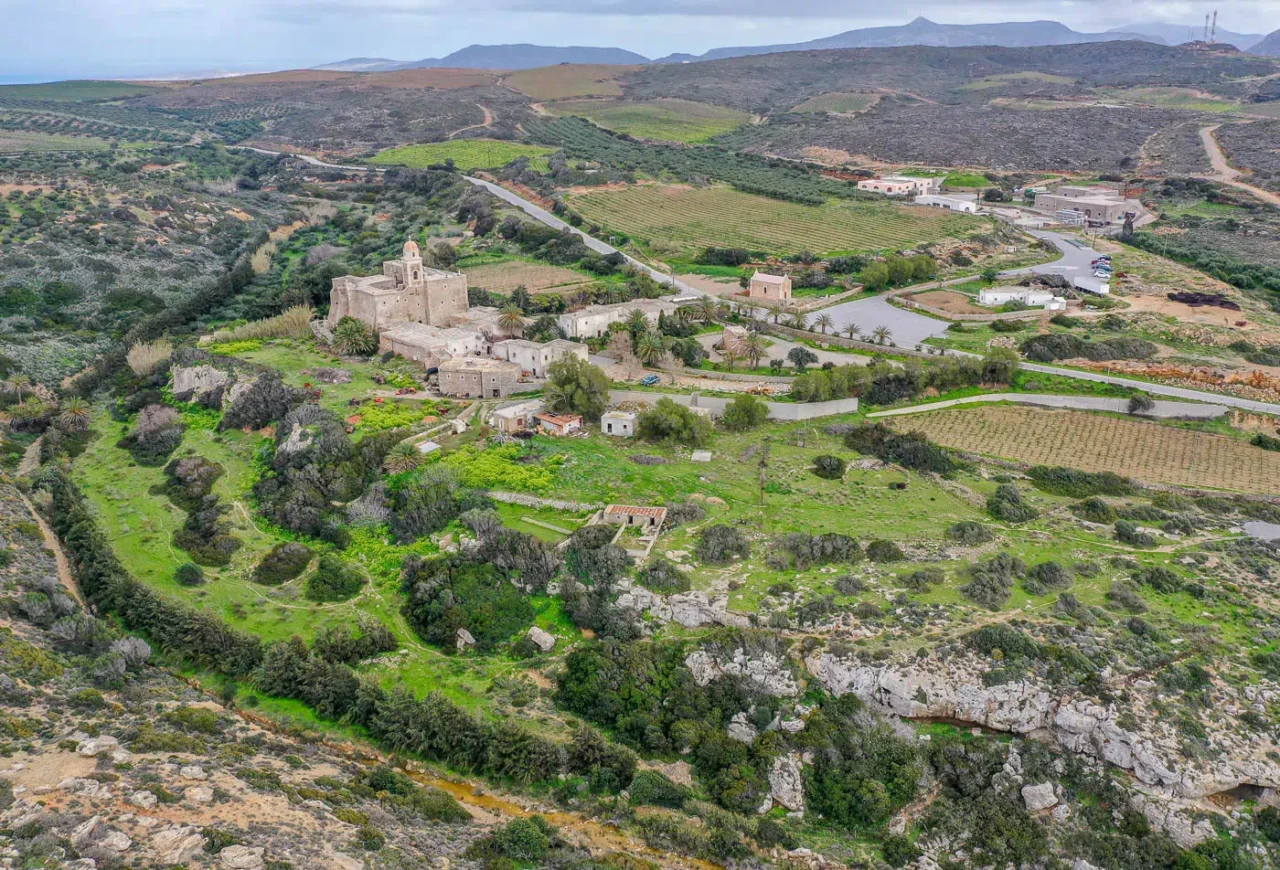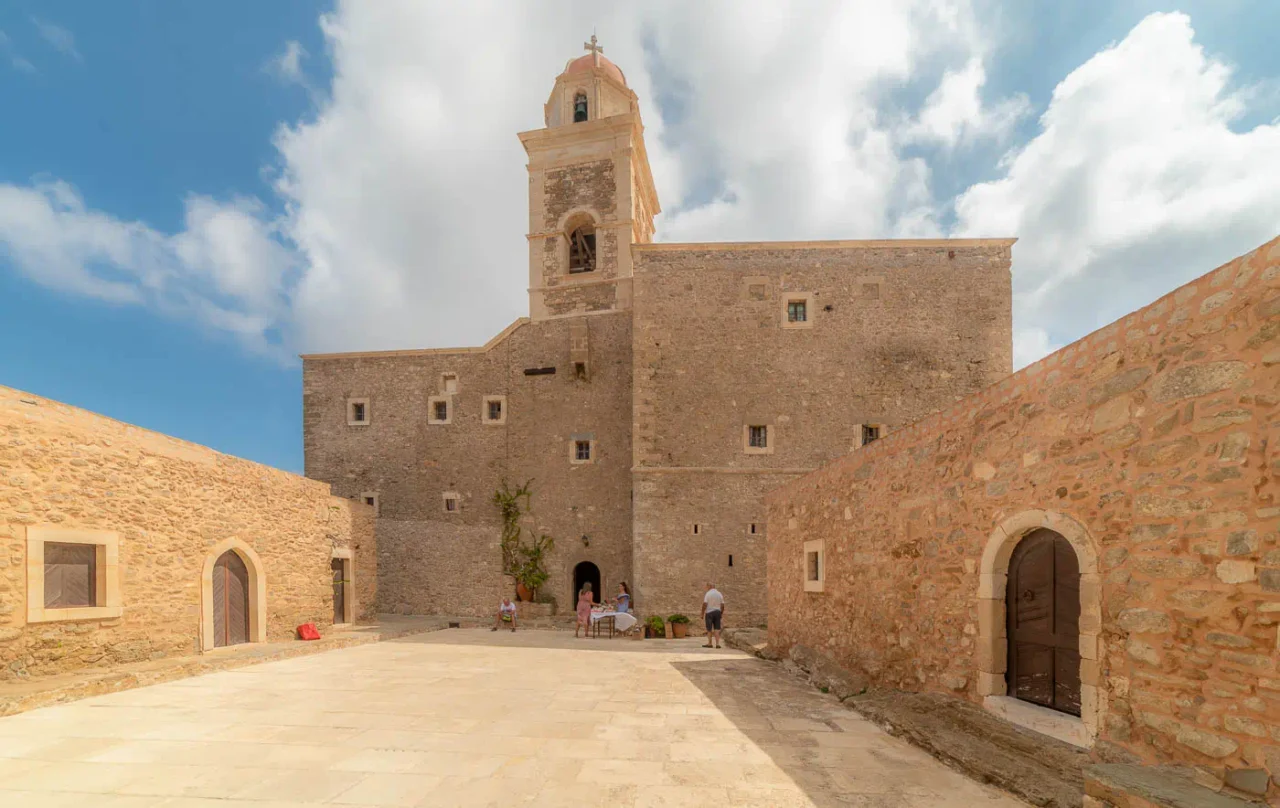



Toplou Monastery: A Historical and Architectural Marvel in Crete
Located on the eastern tip of Crete, Toplou Monastery stands as a testament to the island’s rich history and cultural heritage. This fortified monastery, with its imposing walls and strategic location, has witnessed centuries of political upheaval, pirate raids, and religious devotion.
Architectural Significance
The monastery’s architecture is a unique blend of Byzantine and Venetian styles, reflecting the island’s diverse influences. The fortified walls, built to withstand pirate attacks, enclose a complex of buildings arranged around a central courtyard. The main church, dedicated to the Virgin Mary, is a two-aisled basilica with a remarkable collection of Byzantine icons and frescoes. The monastery also houses a museum showcasing a variety of religious artifacts, manuscripts, and folk art.
Historical Context
Toplou Monastery has played a significant role in Cretan history. It served as a center of resistance during the Ottoman occupation and as a refuge for locals during times of conflict. The monastery’s strategic location and strong defenses made it a valuable asset in the struggle for Cretan independence.
Agricultural Heritage
The monastery is not only a religious and historical site but also a center of agricultural activity. It owns extensive vineyards and olive groves, producing high-quality organic wine and olive oil. The monastery’s commitment to sustainable agriculture and traditional production methods has earned it international recognition.
A Cultural Landmark
Today, Toplou Monastery is a popular tourist destination, attracting visitors with its rich history, architectural beauty, and scenic location. The monastery offers guided tours, cultural events, and a chance to experience the tranquility of monastic life.
The Monastery Today
The monastery continues to be an active religious community, following the traditions of the Greek Orthodox Church. It is also a center for cultural and educational activities, hosting exhibitions, workshops, and conferences. The monastery’s commitment to preserving its cultural heritage and promoting sustainable development makes it a valuable asset to the local community and a model for other religious institutions.
Visiting Toplou Monastery
A visit to Toplou Monastery offers a unique opportunity to explore Crete’s rich history and cultural heritage. The monastery’s stunning architecture, beautiful surroundings, and peaceful atmosphere make it a must-visit destination for anyone interested in the island’s past and present.
Key Points
- Construction Period: 14th century (initial construction), 17th century (fortification)
- Location: Eastern Crete, near Vai
- Historical Significance: Center of resistance during Ottoman occupation, refuge for locals, agricultural center
- Current Status: Active monastery, museum, cultural center

